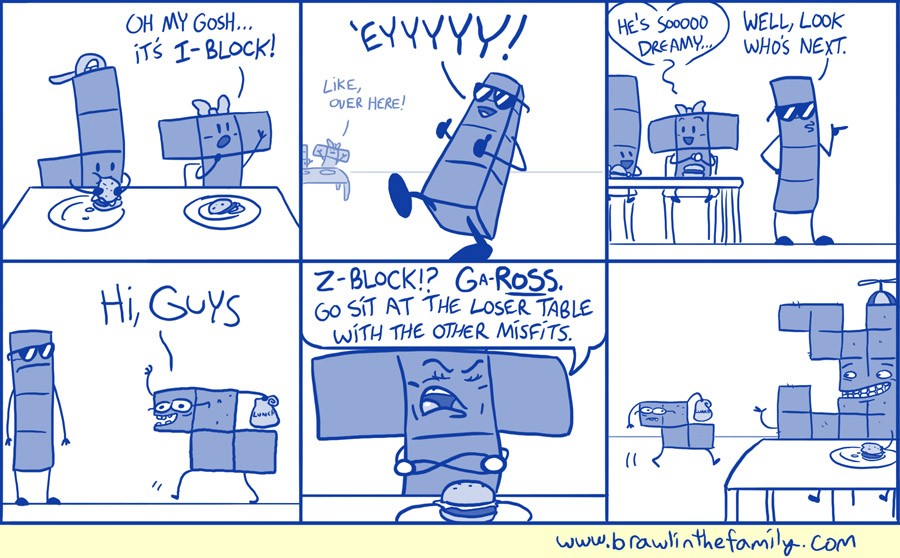


It's very important to have regular checkups with a heart doctor trained in caring for people with congenital heart disease (pediatric cardiologist or adult congenital cardiologist). Enlargement of the ascending aorta (aortic root dilation).Enlarged right ventricle or left ventricle that isn't working properly.Holes in the wall between the ventricles (ventricular septal defects) that may continue to leak after repair or may need re-repair.Leaking pulmonary valve (chronic pulmonary regurgitation), in which blood leaks through the valve back into the pumping chamber (right ventricle).While most babies and adults do well after open-heart surgery to repair tetralogy of Fallot defects (intracardiac repair), long-term complications are common. Complications from tetralogy of Fallot surgery People with untreated tetralogy of Fallot usually develop severe complications over time, which might result in death or disability by early adulthood. Your or your child's doctor may recommend taking antibiotics before certain dental procedures to prevent infections that might cause this infection. The presence of Down syndrome or DiGeorge syndrome in the babyĪ possible complication of tetralogy of Fallot is infection of the inner lining of the heart or heart valve caused by a bacterial infection (infective endocarditis).A viral illness during pregnancy, such as rubella (German measles).Risk factors for tetralogy of Fallot include: While the exact cause of tetralogy of Fallot is unknown, some things might increase the risk of a baby being born with this condition. Some children or adults who have tetralogy of Fallot may have other heart defects such as a hole between the heart's upper chambers (atrial septal defect), a right aortic arch or problems with the coronary arteries. Over time this might cause the heart to stiffen, become weak and eventually fail. When the heart's pumping action is overworked, the muscular wall of the right ventricle becomes thick. Thickening of the right lower heart chamber (right ventricular hypertrophy).As a result, the aorta receives a mix of oxygen-rich and oxygen-poor blood from both the right and left ventricles. It's shifted to the right and lies directly above the hole in the heart wall (ventricular septal defect). In tetralogy of Fallot, the aorta is in the wrong position. Normally the aorta branches off the left ventricle. Shifting of the body's main artery (aorta).The defect eventually can weaken the heart. This causes inefficient blood flow and reduces the supply of oxygen-rich blood to the body. The hole causes oxygen-poor blood in the right ventricle to mix with oxygen-rich blood in the left ventricle. A ventricular septal defect is a hole in the wall (septum) that separates the two lower chambers of the heart (left and right ventricles). A hole between the bottom heart chambers (ventricular septal defect).Sometimes, the pulmonary valve doesn't form properly (pulmonary atresia). The narrowing might also affect the muscle beneath the pulmonary valve.

Narrowing of the valve that separates the lower right chamber of the heart (right ventricle) from the main blood vessel leading to the lungs (pulmonary artery) reduces blood flow to the lungs. Narrowing of the lung valve (pulmonary valve stenosis).Tetralogy of Fallot includes four defects: Tetralogy of Fallot occurs as the baby's heart is developing during pregnancy. Call 911 or your local emergency number immediately. This helps increase blood flow to the lungs. If your baby becomes blue (cyanotic), place your baby on his or her side and pull your baby's knees up to his or her chest. Seek medical help if you notice that your baby has the following signs or symptoms: Squatting increases blood flow to the lungs. Toddlers or older children might instinctively squat when they're short of breath. Tet spells are most common in young infants, around 2 to 4 months old. Tet spells are caused by a rapid drop in the amount of oxygen in the blood. Sometimes, babies who have tetralogy of Fallot will suddenly develop deep blue skin, nails and lips after crying or feeding, or when agitated. An abnormal, rounded shape of the nail bed in the fingers and toes (clubbing).Shortness of breath and rapid breathing, especially during feeding or exercise.
#TETRIS SYNDROME SKIN#


 0 kommentar(er)
0 kommentar(er)
